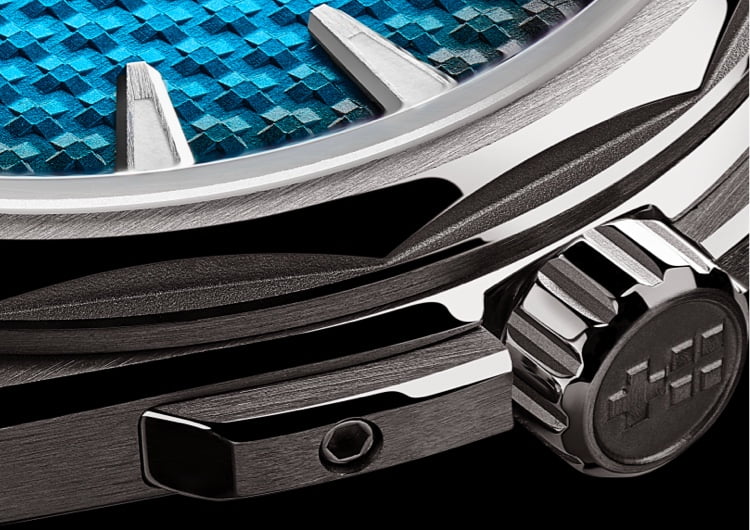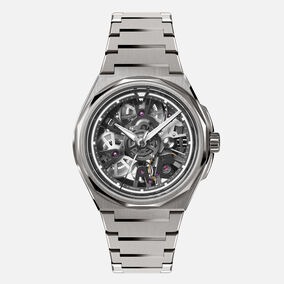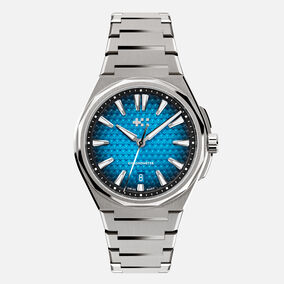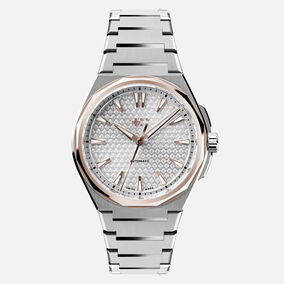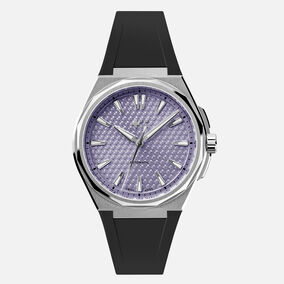In the second article about the creation of The Twelve, we focus on the multi-faceted bezel that gave the watch its name. Here, designer Will Brackfield takes us through the process, from initial sketches to in-the-metal magnificence
Hi Will! Where did the idea for the 12-sided bezel come about?
We needed to find something that was distinct to CW, but not too ‘out there’ that it broke the design language of ‘integrated’ watches. Our 12-sided bezel is aesthetically pleasing as it matches up with the markers on the dial – and because of this there are lots of facets, and therefore many extra surfaces to play with in terms of finishing.
What were your concerns?
Firstly, how to execute the 12-sided design without it feeling too ‘funky’. Also, how do you design the bezel, so you can see the 12 sides up close, but that they melt into the watch when you’re further away?
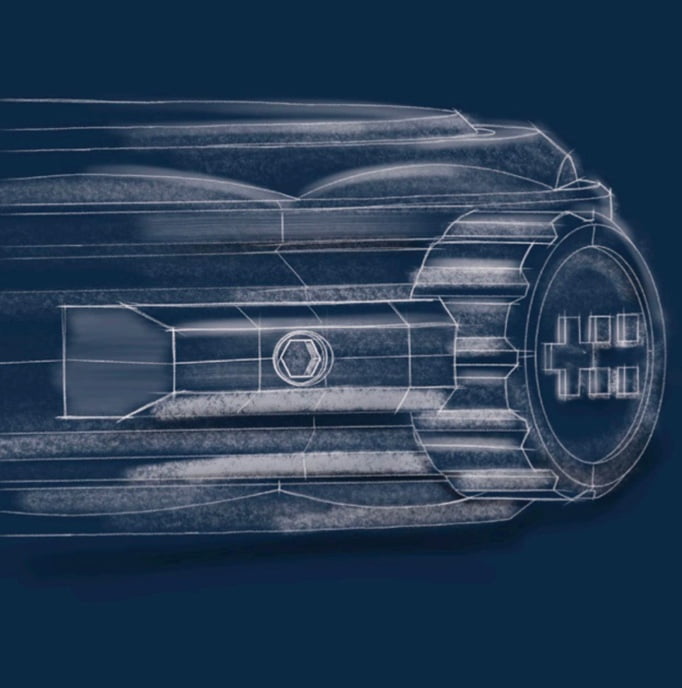
“The hardest part was getting all the finishes to work together”
How did the process begin?
The project involved a lot of sketching to start, then as we narrowed our direction we moved to a 3D CAD program, which gives you more of a sense of how the watch will present itself in the real world. Also, the program has a ‘light source’ so you can see what areas will play with the light best.
After that, was it sent to the case manufacturer? No, we 3D-printed the entire watch in Switzerland. When we got the first 3D model back, we saw the bracelet was too thin and the proportions weren’t right. In fact, the first iteration didn’t have a 12-sided bezel: it was only when we studied the model that we realised it needed more character. That prompted the redesign with the 12-sided bezel – and when we had that version in our hand, we knew it was right!
The bezel plays host to a range of finishing. What techniques did you use? There are four kinds of finishing on the bezel: sandblasting, polishing, linear brushing on the top, and circular brushing on the sides. Sandblasting is helpful if you want an area to ‘sit back’ as it gives a matte finish. When you pair that with polished finishes you get an incredible contrast.

Can you go into more detail?
If you look at The Twelve, you’ll see circular brushing on the side of the bezel, because the side of the case has been linear-brushed, and it has to match that. The hardest part was getting all the finishes to work together, and to make the transitions as crisp as possible.
Is the bezel the same shape as the case back? Yes, it’s identical. That’s also the reason we have a screwed case back rather than a screw-down one. For example with a Trident, the case back has a ‘thread’, so you turn the whole thing to tighten it. On The Twelve, if you had a threaded case back you wouldn’t be able to pinpoint exactly where it stopped and so wouldn’t be able to line up the bezel and case back. That’s why we had to use screws – and this also enabled us to use hexagon screws as a nod to Gerald Genta, designer of the AP Royal Oak. If you look at the side profile of the watch, you’ll see the facets on the bezel and case back line up perfectly.
Did you work alone on the bezel? No! I speak with our head of product in Biel, Jörg Bader Jnr several times a day – he’s been integral to the whole process. Without him, The Twelve would not exist!
Related watches
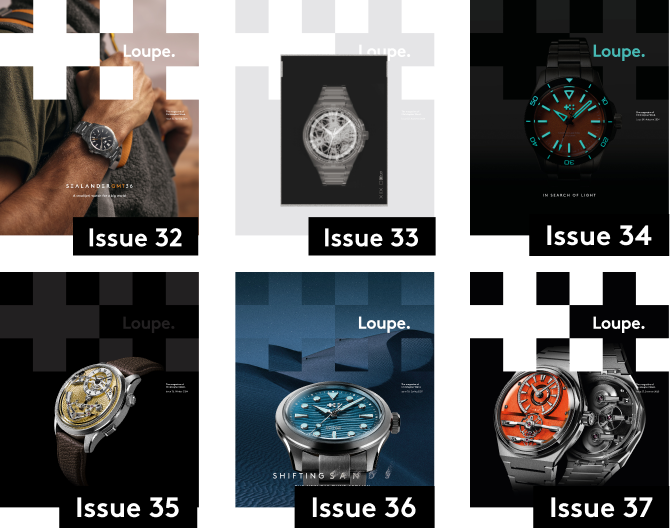
Sign up to Loupe magazine
Loupe is Christopher Ward’s quarterly in-house magazine. If you want to know what’s happening at CW (and you love great journalism), this is where to start. Alternatively, you can read all our back issues on your computer, tablet or phone.
Order your free copyRead Loupe online
